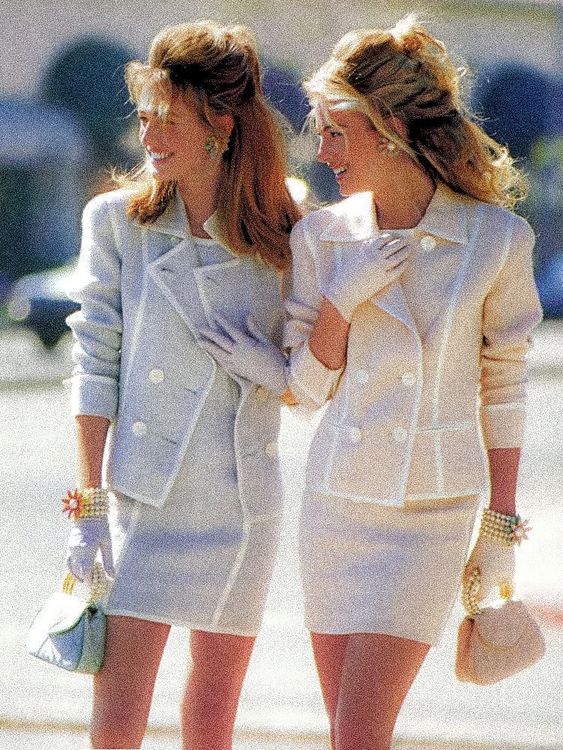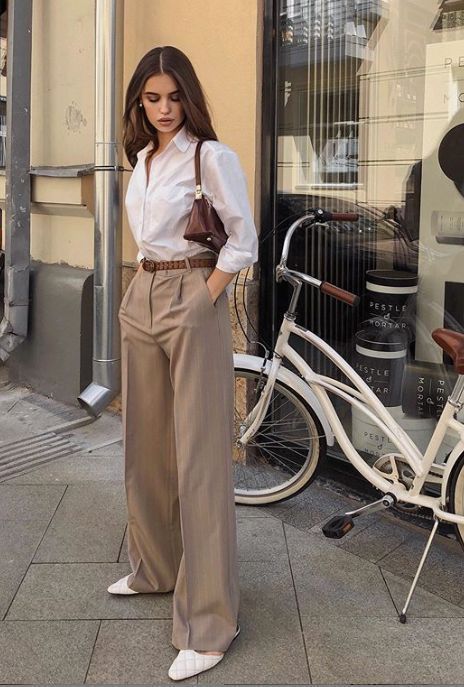Internet Aesthetics Explained: Old Money
a brief explanation of Old Money aesthetics.
Old money has become a buzzword right now. Everyone said it to explain something that represents generational wealth. Although it is not a new term, it has gained popularity on TikTok over the past few years. As I went down to TikTok and searched about old-money, approximately this aesthetic started around 2021 in International TikTok, and came to Indonesia’s TikTok scene in 2022. It will continue in-trend until now, in 2023.
Although TikTok was well known for breeding microtrends that escalated quickly and died quickly too, I couldn’t appease myself that it was just another microtrend. I think this aesthetic is part of a larger cultural setting, that has been there for ages.
Before we go to in-depth analysis, I want to explain what the Old Money aesthetic is in TikTok, Without further ado, here we go:
Old Money in TikTok: The Meaning and Philosophy
Old money, just like other aesthetics in TikTok, lays its foundation in the idea of look-alike and living-to-look-like or in other words, romantization.
In this aesthetic, the focus lays on idea of generational wealth, meaning someone who is rich through inheritance, and not by working on it. Mostly, this romantization focused on Caucasians old money, either American or British. It is often associated with nobility in Europe or the elite social class in America.
What they wear? Old Money Fashion
Old money fashion in TikTok is often depicted in classic style or sometimes leans toward preppy style in more muted colors. The shades of brown, black, grey, and white were continuously presented in their fashion styles and photos tones.
The key pieces were mostly a button-up shirt, cardigan, cable-knit sweater, tennis skirt, polo shirt, loafer, leather handbags, a classic style watch, and pleated trousers. Meanwhile, there is only one key styling element in this aesthetic: wrapping the sweater around the neck.

Old-money VS New-Money
Often, those contents present strong opposition toward the New Money fashion styles. More precisely, of logos. For them, wearing a piece with a logo is ostentatious and ludicrous. They want a silent way of showing wealth. This could be a mark of rejection of the idea of loud flexing, which has been in-trend over the past decade since streetwear’s dominance in fashion.
The rejection toward streetwear in this term went further, as they often dismiss or compare how awful new money’s style than old-money. New-money in this trend depicted by someone who wears streetwear style, for example, a track jacket, tight skinny jeans, and sneakers, in opposition to someone who wears a shirt, linen trousers, and loafers.
However, the opposition to logos don’t apply to Ralph Lauren’s logos. Ralph Lauren itself was a key brand in this aesthetic, with many of them referring to Ralph Lauren as an old-money brand. Several visuals were also taken from Ralph Lauren ads.
The Visuals
Mostly old money’s aesthetic portrayed in both vintage photos, and contemporary photos. On vintage photos there were several colours presented, meanwhile the contemporary ones focused in brownish or blackish tone. Also they often portrayed several activities such as tennis, yacthing, equestrian, cricket and polo. Also several items such as mansion, vintage car, vintage watch and greek statue.



Related Article
- Internet Aesthetic Explained: Stealth Wealth